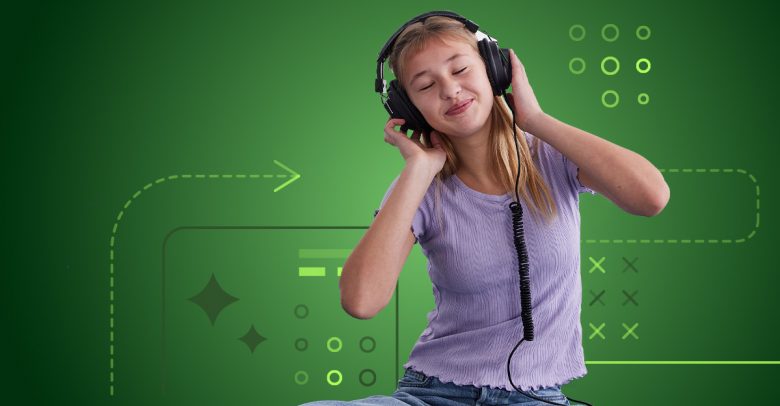Summer is right around the corner. For students, that means 2 months of fun in the sun, video games, and late nights. Education doesn’t factor into that equation in large part, at least not willingly. But there are opportunities to keep the learning going even when S’mores and sleepovers are dominating their minds. And you can do it without forcing it down their throats.
How?
While the suggestions below require a little planning, you can make learning exciting over the summer and have fun things to talk about when school starts again.
Play!
Point your students in the direction of educational games over the summer. Websites like ABCya.com and BrainPop.com engage students with visuals and graphics that are not used within the traditional classroom. The myriad of stimuli will keep them interested and teach them lessons in science, math, English, history, and art at the same time. The best part is that many of these websites are free.
There’s an app for that
Don’t discount the power of handheld devices. The apps available that have an educational focus are growing every day. And most times kids don’t even realize they are enhancing their skills while they play. Suggest logical puzzle games like Sudoku and The Room that will exercise student’s brains while they play.
Participate
Suggest shows that kids can find on popular platforms like Netflix and Hulu that enhance their reasoning skills. Brain Games is an excellent choice – viewing it is like walking into an interactive museum and spending the day. They won’t realize how much they have learned about spatial relations, perception, and logic – they’ll only know that they had a good time playing along.
Collaborate
Before the school year is out, assign students a summer project that they will start with you and finish with their next teacher. Make it interactive, like learning the constellations and observing them in the night sky or writing a 10-minute screenplay and recording the performance. They can keep a journal and turn it in to the teacher in the next grade, or you can utilize the communication method described in the next bullet to keep the activity lighthearted, contemporary, and most of all, fun.
Connect!
Use tools that are specifically created for parents, students, and educators to communicate. Social media sites like Edmodo and Schoology have similar platforms to Facebook in that message boards are used to post comments. Websites can be shared as well as fun projects using these vehicles.
Learning doesn’t have to end when the bell rings at the end of the last day of school. The activities listed in this article will help you keep students minds in learning mode even when their bodies are off playing, swimming, and running. Indeed, they may find themselves wondering about how chlorine works and about the properties of gravity because they haven’t turned their brains off. These suggestions will make their transition back to school easier. But perhaps the biggest impact these suggestions have is that they encourage lifelong learning by presenting it as a fun activity.






Leave a Reply